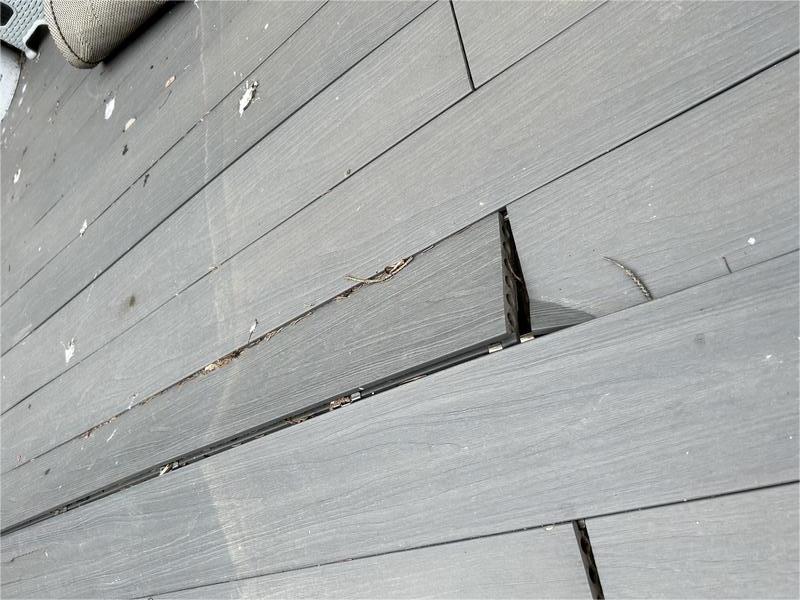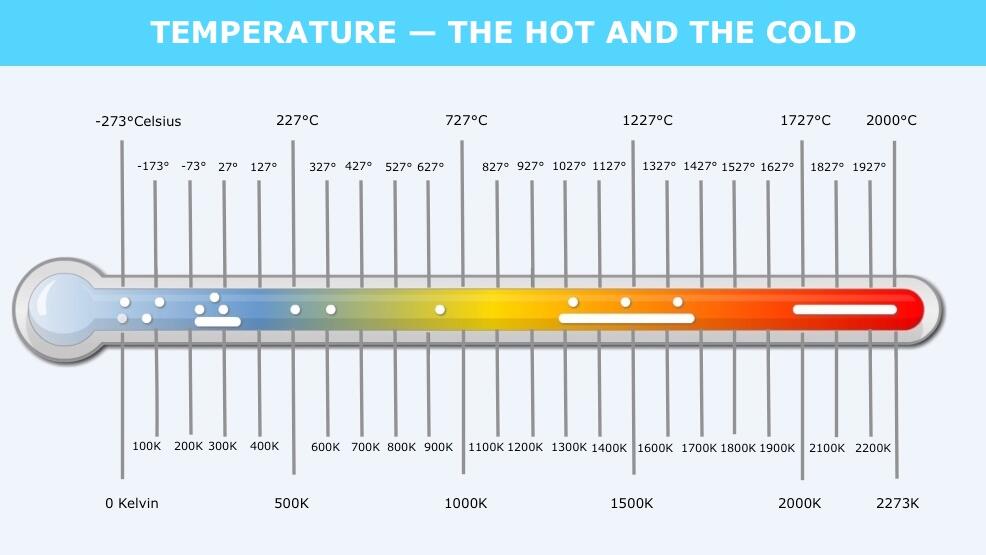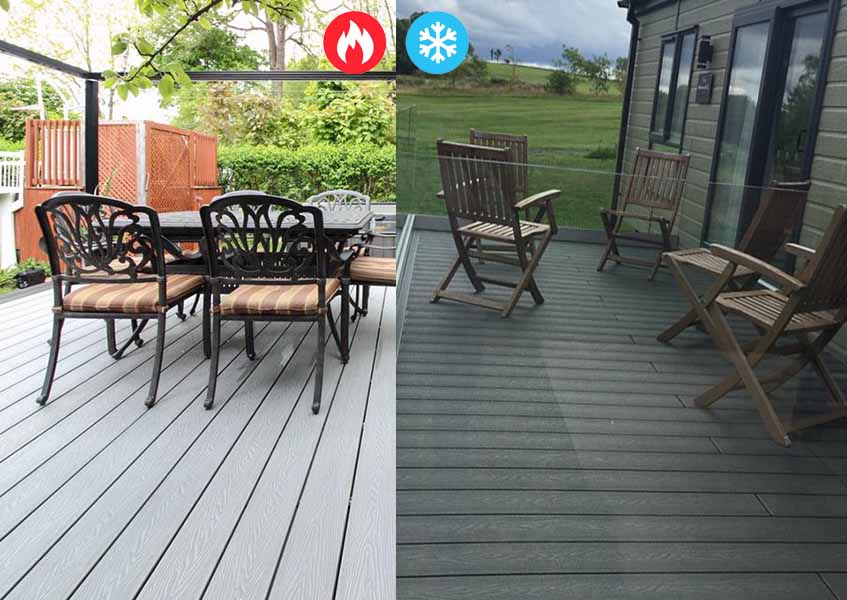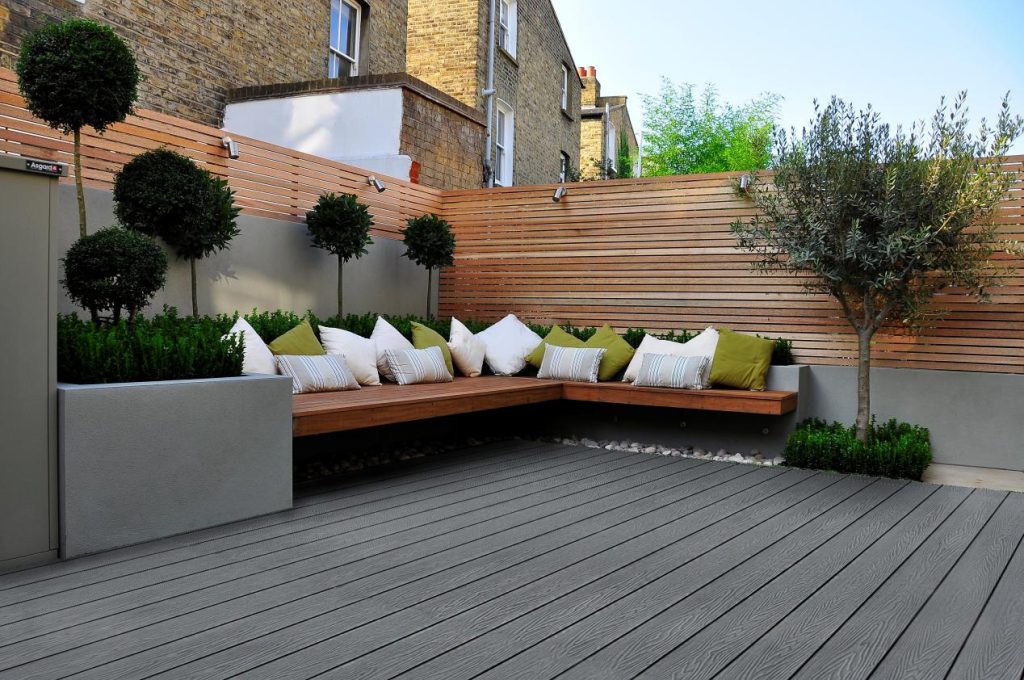WPC composite decking is a popular choice for outdoor spaces, thanks to its durability and low maintenance. However, like any material exposed to the elements, it undergoes a natural process of expansion and contraction over time. In this article, we will delve into the four key factors that influence this phenomenon, helping you make informed decisions when it comes to your decking project.
WPC composite decking expansion case
Table of Contents
4 Key Factors Affect WPC Composite Decking Expansion and Contraction
1. Temperature: The Thermodynamic Dance
The primary driver of expansion and contraction in WPC composite decking is temperature. It behaves much like any other material when subjected to varying temperatures. During warmer seasons, these boards expand as they absorb heat, while in colder conditions, they contract as they lose thermal energy.
Imagine your composite decking as a living entity, responding to the whims of the weather. It’s a dance of molecules, with the boards gracefully swaying to the rhythm of the thermometer. While this natural process is unavoidable, it’s essential to consider when planning your deck installation. Leave room for expansion during installation, and use fasteners designed to accommodate this movement. This foresight will help maintain the integrity of your deck over time.
2. Moisture: The Invisible Foe
WPC composite decking may be more moisture-resistant than traditional wood, but it’s not entirely immune to the effects of excessive humidity. Prolonged exposure to high humidity levels can cause the boards to swell. Think of it as your decking’s way of absorbing the world around it, responding to the moisture in the air.
To counter this, ensure proper ventilation and smooth drainage beneath your deck. Regular maintenance, such as cleaning, can also help prolong the life of your composite decking.
3. UV Light Exposure: The Sun’s Mark
The relentless exposure to the sun’s intense heat and UV rays can lead to the gradual aging of composite decking. Much like our skin, decking material can dry out and develop cracks as a result of prolonged sun exposure. This can result in a decline in the material’s stability and aesthetic appeal.
To mitigate the effects of UV exposure, consider using composite decking products that are designed to resist fading and deterioration due to sunlight. Additionally, periodic cleaning can help maintain the vibrancy and longevity of your decking.
4. Decking Color: The Hue Factor
The color of your composite decking can influence its expansion and contraction rate. Darker-colored boards tend to absorb more heat from the sun, leading to higher expansion rates compared to their lighter-colored counterparts. It’s akin to wearing a black shirt on a scorching summer day; you’ll feel the heat more intensely.
When choosing the color of your decking, take into account the climate of your region. In hot, sunny areas, opting for lighter-colored boards may be a wiser choice to minimize expansion. Conversely, in cooler climates, darker hues may provide added warmth and comfort to your outdoor space.
Understanding the factors that affect composite decking expansion and contraction is crucial for maintaining the longevity and aesthetics of your outdoor space. By considering temperature, moisture, UV exposure, and decking color, you can make informed decisions when selecting materials and planning your deck installation.
Remember that proper installation and regular maintenance play key roles in ensuring your composite decking remains beautiful and functional for years to come. So, embrace the science behind your decking, and let it dance harmoniously with the elements.












